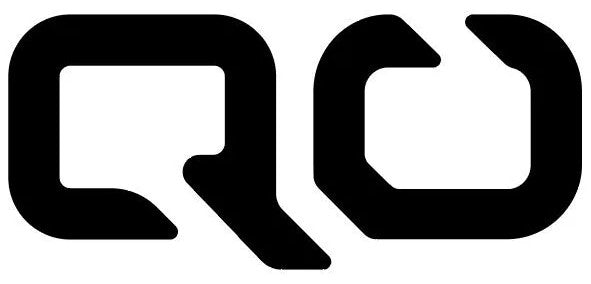Replacing a carbon crankset isn’t just a simple swap, it’s a precision process involving compatibility, torque specs, spindle interfaces, and attention to wear signs. Whether you're upgrading or replacing due to damage or fatigue, this expert-level FAQ covers the key considerations to maintain optimal performance, safety, and drivetrain efficiency.

When should you replace a carbon crankset?
Carbon cranksets don’t wear like chains or cassettes, but they should be replaced if you detect structural damage, such as cracks, delamination, or creaking under load. Routine inspection is essential, especially after impacts. Also, if the pedal or spindle interfaces become loose or worn, replacement is strongly advised.
How do you know if a carbon crank arm is damaged internally?
Internal damage isn't always visible. Common signs include unexplained creaking, flex under load, or a soft spot when pressing on the arm. A professional carbon inspection (using ultrasound or tap testing) is the safest method. If there's any doubt, err on the side of caution and replace.
Can you replace alloy cranks with carbon cranks directly?
Yes, but only if the spindle type, bottom bracket standard, and chainline requirements match. Carbon cranksets may use different preload mechanisms or axle diameters (e.g., 30mm vs. 24mm). Double-check compatibility with your frame, bottom bracket, and front derailleur alignment before switching materials.
What are the signs of wear or fatigue specific to carbon crank arms?
Unlike aluminum, carbon doesn’t show wear through deformation. Instead, look for:
-
Hairline cracks or soft delamination near pedal inserts
-
Creaking sounds under torque
-
Changes in surface finish or “bruising” from impacts
These signs usually indicate the beginning of structural compromise.

Can I reuse the spindle and just replace the carbon arms?
Sometimes. Some crank systems (like SRAM’s DUB or Race Face CINCH) allow modular replacement of arms, while others are one-piece designs. Always follow the manufacturer’s guidelines, mixing brands or components can void warranties or compromise safety.
What tools are required for carbon crank replacement?
You’ll typically need:
-
A crank puller (specific to your crank model)
-
Torque wrench with appropriate Nm range
-
Preload adjuster tool (for modular systems)
-
Carbon assembly paste (if applicable)
Avoid overtightening: carbon cranksets require precise torque settings to prevent crushing or damage.
Should I replace my bottom bracket when replacing a carbon crankset?
If the crank replacement is routine (not crash-related), and the bottom bracket is smooth and within wear limits, it can stay. However, if the crank was damaged from impact or shows unusual wear, inspect or replace the BB bearings to prevent future issues with fit or performance.
QOnclusion: Replace Smart, Ride Strong
Replacing a carbon crankset isn’t just about installing a new part, it’s about protecting the integrity of your drivetrain and riding performance. Whether you’re upgrading or addressing wear, choosing compatible components and following proper installation protocols ensures that your carbon investment delivers its full potential.


